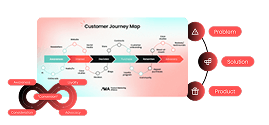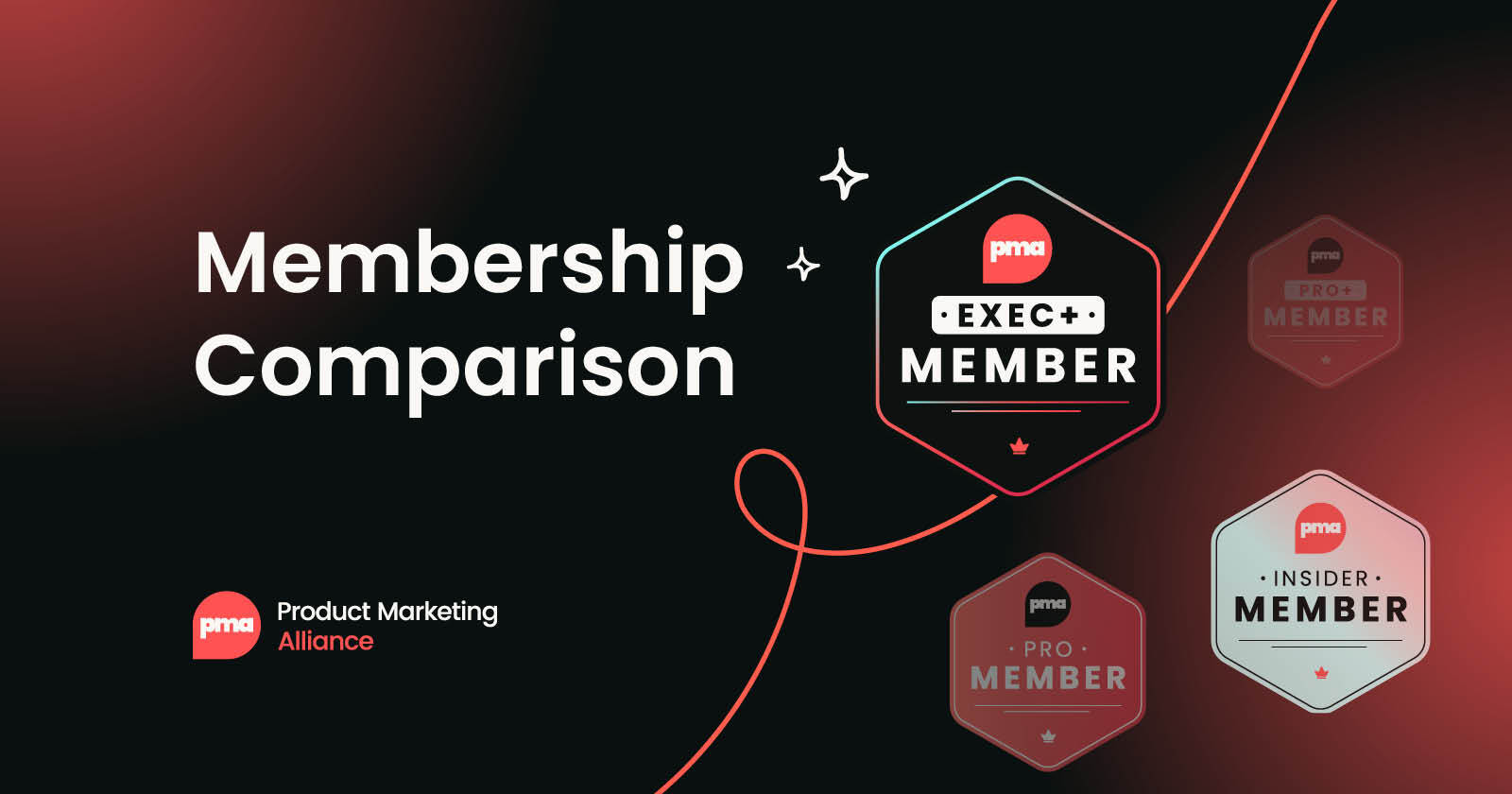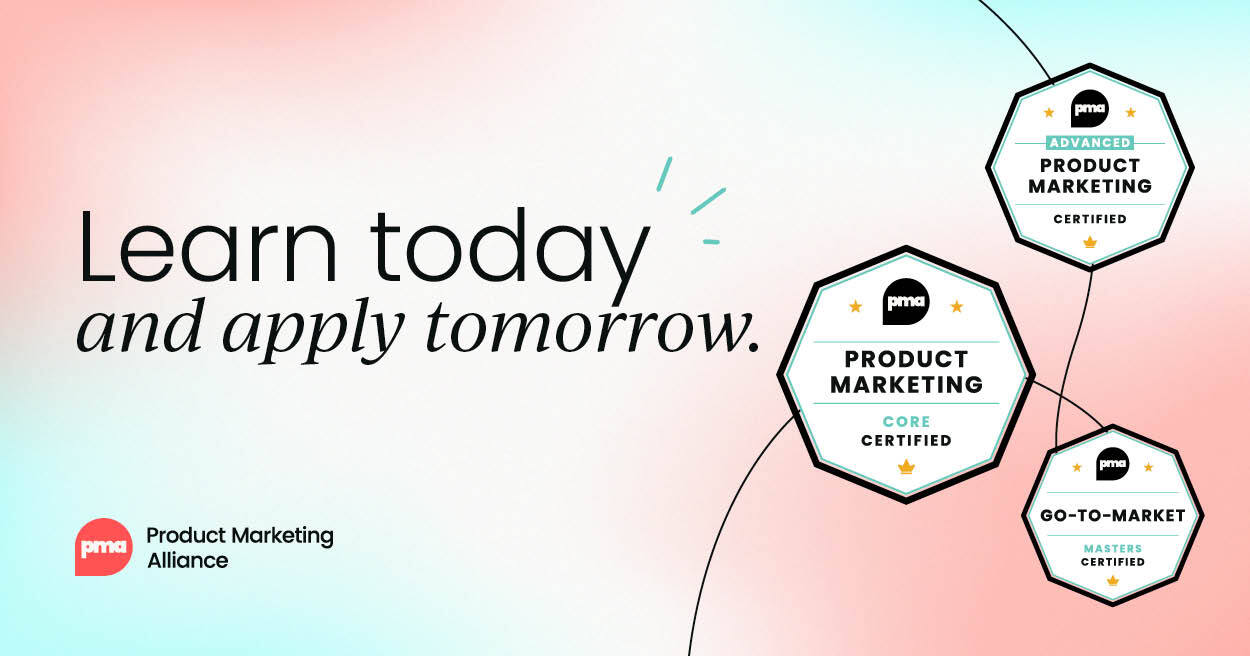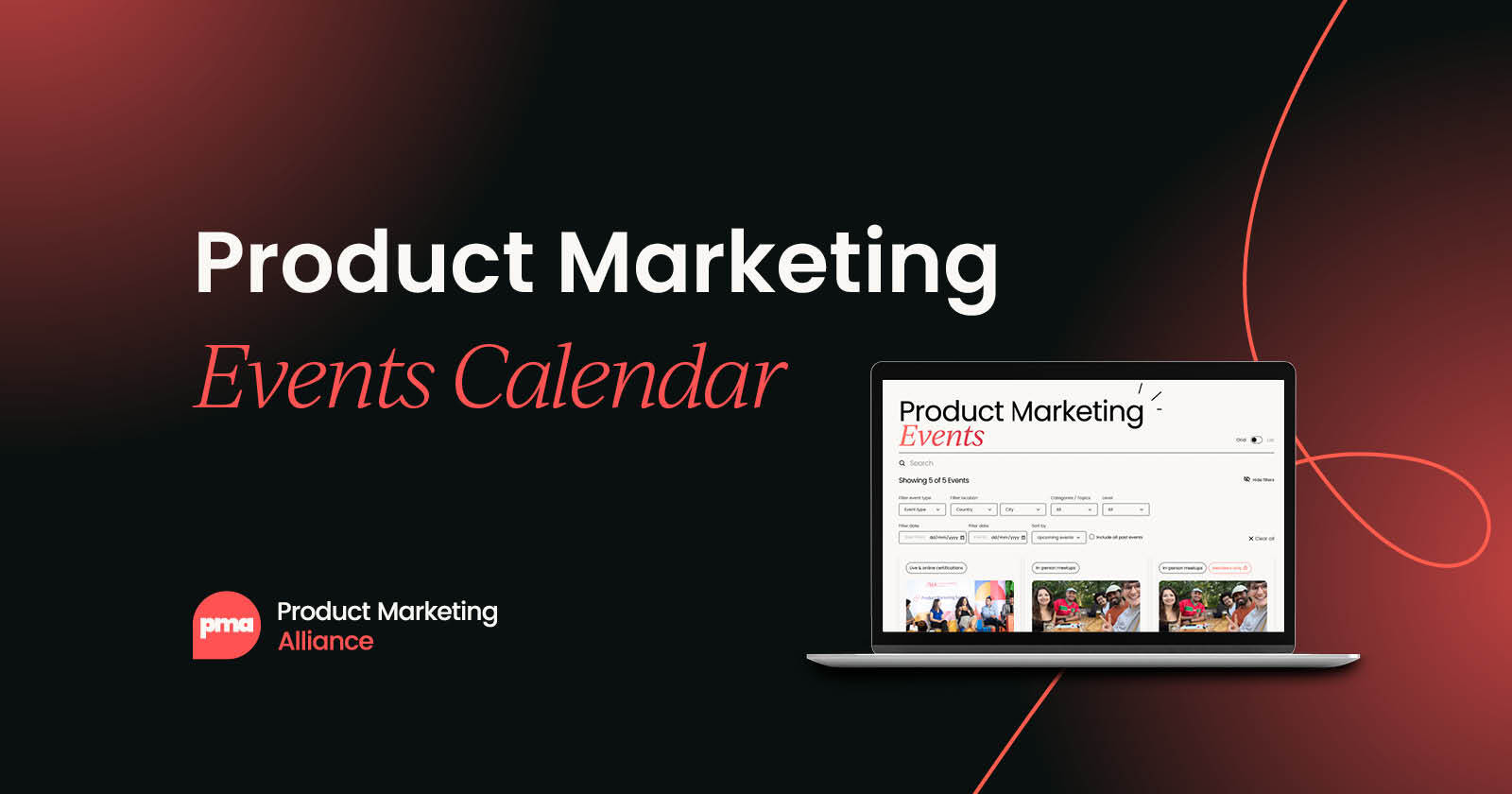This article is based on Catherine Alexander’s brilliant talk at the London Product Marketing Summit. PMA members can enjoy the complete recording here.
Win/loss analysis should be one of the most valuable tools in your strategy – but too often, it’s a time-consuming, frustrating process that doesn’t deliver the insights you need. So how do you make it easier and more effective?
In this article, we’ll explore:
- Why traditional win/loss approaches fall short
- How to uncover insights that actually drive change
- The five steps to building a high-impact win/loss program
Get this right, and it’s not just a win for your business. It’s a win for you – boosting your personal brand and elevating your role within your organization. Let’s dive in.
The typical (and flawed) approach to win/loss analysis
If you’re like most product marketers I speak to, this question is probably familiar: Can you just find out why we win or lose deals?
It sounds straightforward, but this seemingly simple request sets you on a path that may not give you the full picture. Most teams take a similar approach:
- Collect feedback from buyers
- Get sellers’ input
- Ask narrow or incomplete questions
I’m not saying that this approach is bad or wrong. It’s easy to understand why you would follow this process, especially if you’re just starting with win/loss analysis. However, I want to highlight the challenges baked into the initial question and the steps that follow.
The challenges with manual feedback collection
Collecting feedback is critical. But doing it manually? That’s a time sink. Research from Corporate Visions shows that conducting and analyzing just one interview takes 10+ hours.
When I first saw that number, I thought, That can’t be right, it’s way too high! But when you break it down, it makes sense. Think about all the steps involved in securing one interview:
- Identifying who to talk to
- Reaching out and getting a response
- Sending out an initial survey
- Finding a time that works
- Conducting the interview
- Analyzing the results
Often, the hardest part is coordinating with people. It seems so simple – just 30 minutes on their calendar – but in reality, it’s a logistical headache.
The risks of relying on seller feedback
Relying on seller feedback is risky too. Am I saying you should never ask your sellers anything? No. But should you be cautious? Absolutely.
According to Corporate Visions’ research, when you ask buyers and sellers about the same deal, sellers give a different reason than buyers 50–70% of the time. That’s a huge gap!
Of course, your sellers aren’t lying. They’re not deliberately giving you incorrect information. They’re just giving you incomplete information. Why?
- Their perspective is different from the buyer’s
- The way you collect data influences their responses
- CRM systems reduce deal reasons to an item on a drop-down menu
So, should you still talk to your sellers? Of course. They’re a valuable piece of the puzzle – just make sure they’re not the only piece.
The danger of narrow or incomplete questions
Finally, let’s talk about the way questions shape the answers you get. Whether you realize it or not, the way you phrase a question inherently influences the response.
I’ve asked narrow and incomplete questions hundreds of times, and I’ll likely do it thousands more. It’s human nature. We get caught up in the moment, focus on the details, or just don’t have the time to dig deeper.
So, if your win/loss process feels like it’s only giving you part of the picture, don’t be too hard on yourself. You’re just a human tackling a big, complex task – on top of everything else on your plate.
The right way to do win/loss analysis
So, how can you get win/loss analysis right? I’m glad you asked.
Here’s the truth: the person asking, “Can you just find out why we win or lose?” doesn’t actually want the answer to that question. They might think they do, but what they really want is something actionable. If you take their request at face value, you’ll likely end up gathering surface-level reasons – useful, but not enough to drive meaningful change.
Here’s what’s actually going on:


















 Follow us on LinkedIn
Follow us on LinkedIn



.svg?v=85af970283)